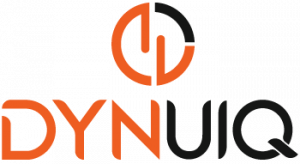
Organise, Sort and Tidy up your Paperwork
In the day to day chaos of life, a little organisation never goes amiss.
In today’s day and age, our lives are largely driven by information and data, both digitally and physically. In the latter sense, we have important documents and paperwork— bills, bank statements, your cards and even things like travel documents and receipts. Each day that we create something, each milestone that we pass, we have something to remember it by that is worth saving for the future.
But it just wouldn’t do to simply pile all your documents in a spare cupboard, or cram them in a drawer. It is important to organise, sort and tidy up. Organizing your physical data systematically makes it that much easier to access when needed. Your works of art, your travel documents, contracts and bills etc., all in one place, at the tip of your fingers.
Accessibility is one of the biggest perks of organisation. Instead of shuffling through heaps of paperwork just to look for one document (which you still cannot find!) can be super frustrating. But when it’s all organised through a filing system? Here it is, here you go.
When it comes to filing systems, there are plenty of ways you can categorize and order your documents. Categories like “Work” “Personal” and “Academic” work well as classifications to group your works under.
Now what we’ve usually seen up until now in offices and places of business is that a very traditional route is taken for filing systems. Single file organisers, stacked neatly on shelf after shelf, commonly taking up entire rooms. But on a personal level, is that really the best use of space and the best way to organise? Not everyone has that kind of space available and even if they do, it can be used for better purposes than to store files.
And it comes with its disadvantages.
For example, what happens when you need files from multiple categories at the same time? Say you’re travelling abroad and you need your legal, medical and travel documents. You’ll be pulling our 4-5 different heavy files at the same time. Not to mention the issue of portability. Even in office spaces, big, rigid files take up a lot of desk and shelve space and are just not as practical anymore.
A good solution to save space and organise well is to use a light but sturdy, portable filing system. One of the best tools you can use to achieve this is an expanding file organiser. You can put all your documents, whether personal, academic, professional or others, in the same filing system and even take it with you, on the go.
One highly recommended expanding file folder is this one by DYNUIQ. The thing I like the most about this is that it comes with colourful labels and lots of pockets. Each of the 24 pockets has a colour-coordinated tab. The DYNUIQ document organiser has plenty of space for all sorts of documents. No more clutter and hundreds of different files. All your documents will fit into this one compact and portable filing system.
Once you’ve set up your filing preference— chronologically, by date, or by category— you’ll be all set to get organizing. Remember to take it and slow and keep in mind that this will be a rewarding practice later on. And you might just thank us for introducing you to the solution to your organisation problems!

